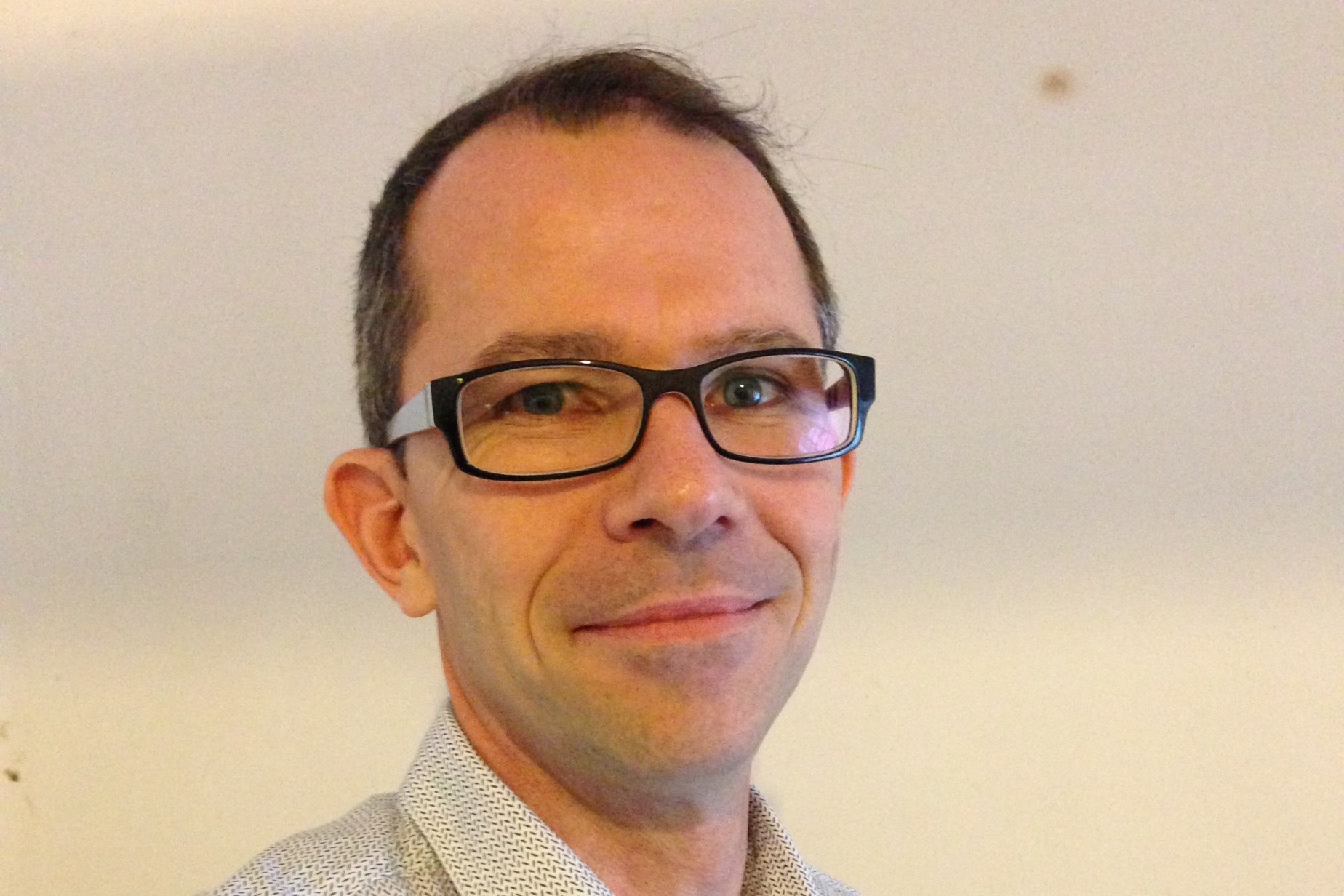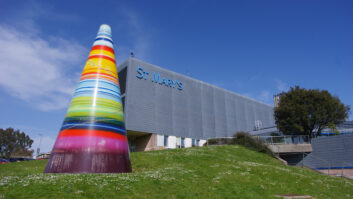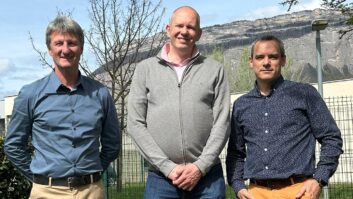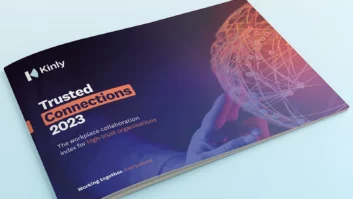
Even as sales models evolve, customer peace of mind remains a constant goal.
If there’s one rule I work by that stands out above all others, especially in the complex world of entertainment and AV technology installation, it’s this: say what you’ll do; do as you said. In all industries, but maybe even more so in ours, you have to build trust – firstly within your own company, and then among your customers and partners. It sounds like a very obvious thing to do, but it is something I often say to students and young professionals.
It is necessary to know the rules of business, of marketing and of international regulations, but when it comes to selling a product to a customer, make it simple. For our customers, decisions are based on the evaluation of risks and opportunities, and the person standing in front of the customer must be the harbinger of safe and profitable opportunities.
You also need to adapt to your environment as it changes. In this industry, I have dealt with people from every sector – rental companies, engineers, designers, integrators, distributors, international partners, and many more in many different countries. On the technical side expectations are similar everywhere, but in terms of business you have to understand and adapt to sometimes very different approaches and cultures. Even if the product offer is effectively universal, the way to sell it can be very different according to whom you are talking to, and in what part of the world you find yourself. The challenge is to adapt but, at the same time, to be yourself and to keep within the ethos of your organisation.
In any B2B industry, your product must meet a real need and be a genuine solution for users who are going to make money with your product. One mistake I have made in the past is to spend a lot of time and energy on a project and then realise, when it was quite late in the day, that the product did not bring enough added value for the money being spent on it – there would never be a return on the investment. On the other hand, making business is also about taking risks, so a certain margin of error must be allowed.
What I have learned is that people don’t just buy a product. They don’t even buy quality, reliability or ease of use, which are necessary, of course. They buy peace of mind about the relevance of their investment within their organisation, and about the level of trust they have built up with you, both as a person and the company you represent. And this is even more important in the pro-audio industry where you have the unique pressure that dictates ‘the show must go on’. Professionals don’t take minimum risks, and failure is not an option.
A reputation can be broken by a minute of silence during a production, so your customers must be able to fully trust their equipment – and of course the people who provided it – so they can focus on making their customers happy.
I once moved from the digital console world to the speaker system world. While these products are technically very different, on the sales and marketing side the markets are very similar and follow the same basic rules. But in terms of distribution, things have changed a lot in the last decade. The traditional independent distribution model is not the universal rule any more, and a lot of alternative models have emerged. The very good distributors have kept growing while others have disappeared, being replaced by direct models, intermediate models, subsidiaries or joint-venture models.
On the marketing side, since my job move in 2008, things have also changed a lot as companies spend their marketing budgets differently. Look at the evolution of trade shows in Europe, for example: it’s obvious that manufacturers and distributors have changed their approach to exhibitions and new models are developing. They are smaller, shorter and focus on business-to-business networking. Actual product launches tend now to be reserved only for Prolight & Sound in Europe and Asia, ISE in Europe and at NAMM in the US.
The biggest change in my career was to move from the automotive industry to the pro-audio industry. These worlds have very little in common: the culture, the codes and the modes of communication are very different. This kind of move forces one to be quickly adaptable and is also an opportunity to use skills and experience in other ways, which certainly nurtures creativity. But, in the end, business is about human interaction and exchange. For this to be mutually profitable in the long term, there has to be a bedrock of trust between vendor and client.







